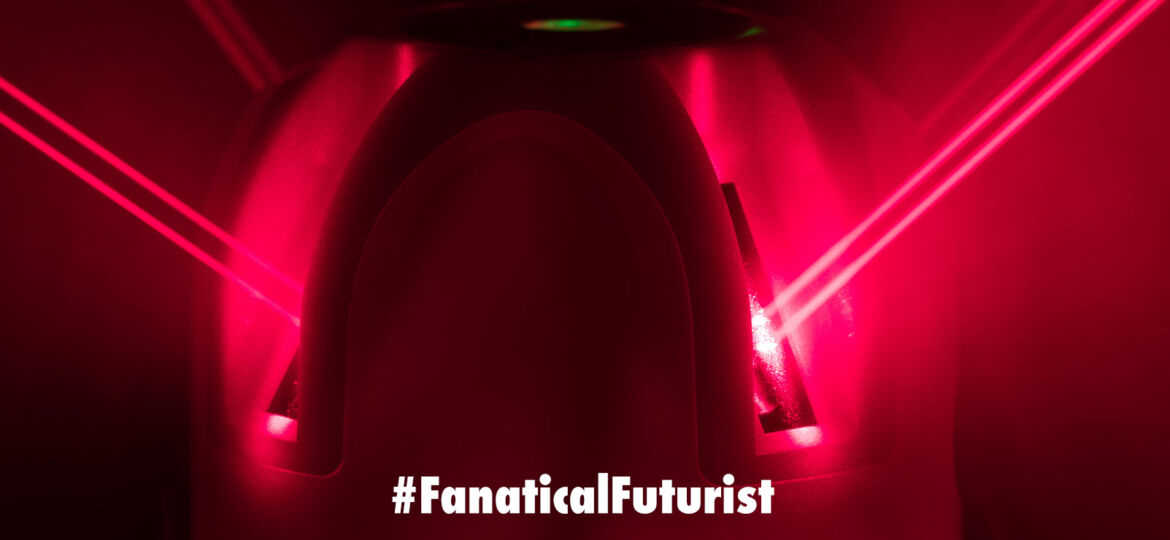
WHY THIS MATTERS IN BRIEF
Communicating with space stations and orbiting objects today makes 1980’s dial ups look fast, this new upgrade will help NASA unlock even more of the universe’s secrets.
 Love the Exponential Future? Join our XPotential Community, enjoy exclusive content, future proof yourself with XPotential University, connect, watch a keynote, or browse my blog.
Love the Exponential Future? Join our XPotential Community, enjoy exclusive content, future proof yourself with XPotential University, connect, watch a keynote, or browse my blog.
As Elon Musk builds out his new global satellite communications network, Starlink, in the hope of one day using it to connect the world and communicate directly with colonists on the Moon and Mars, and about a year after NASA announced the development of a new revolutionary X-Ray based communications technology to help them boost Earth to Space communications, and the commencement of 3D printing spacecraft in orbit, NASA has now unveiled their newest communications system – an Earth to Space laser system.
For all of the agency’s technological prowess NASA still has a hard time sending data from distant space missions back down to Earth and vice versa, it’s part of the reason that images and footage from space are often so grainy. But now, with several new laser facilities coming online next year they’ll be able to beam messages up and down from Earth using infrared lasers which will vastly improve their network bandwidth, according to a NASA press release.
When the Optical Ground Station 2 (OGS-2), which will be built in Haleakala, Hawaii, is complete NASA expects to get an unprecedented level of detail from its research in space.
There are some drawbacks to using lasers over radio transmissions though. Namely, infrared lasers can’t penetrate clouds so NASA will only be able to communicate with spacecraft when the weather is nice – unless they opt to use their X-Ray system, and in the event of storms and rain NASA can still switch to an older facility, OGS-1, which is located in California if needed.
In spite of that though NASA thinks the risk is worth it, if for no other reason that the new system will improve its data transmission rates by 10 to 100 times over their current radio systems.
That means the possibility for new images of the Earth, other bodies in the solar system, and beyond in unprecedented levels of detail, giving scientists a brand-new glimpse of the universe around us that we can’t wait to see.
Source: Phys
















